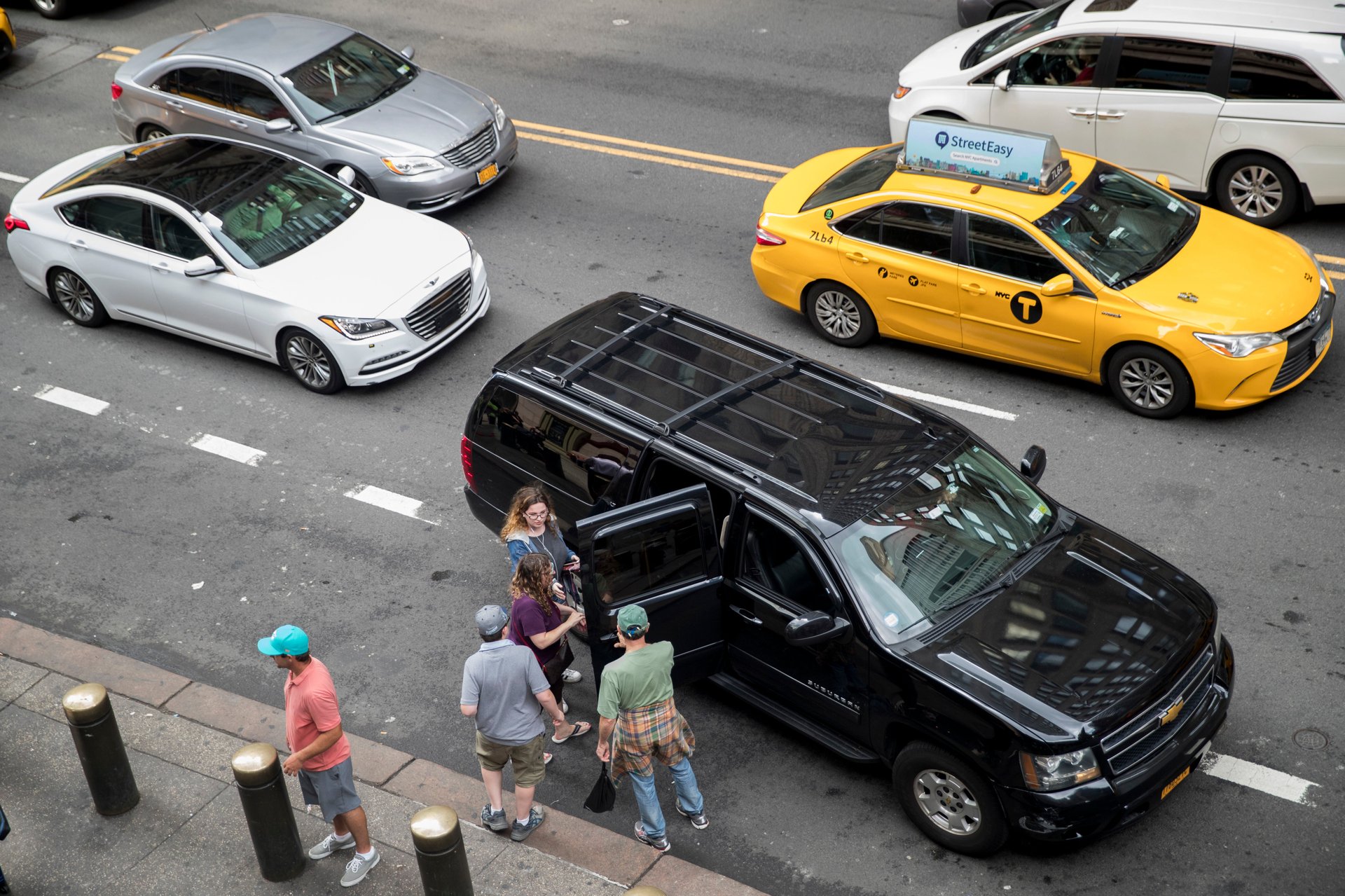Lyft just had its first year-to-year rise in daily ride volume since the pandemic began
The pandemic has hit ride-hailing companies hard, but ride-sharing appears to be healing.


The pandemic has hit ride-hailing companies hard, but ride-sharing appears to be healing.
Lyft says its ridesharing business last week was at its busiest since the pandemic started. And on March 17, for the first time in a year, daily rides volume for the ridesharing business was higher than the same day last year.
Lyft says it expects year-over-year daily rides growth to start doubling next week as it comes upon the first anniversary of the deepest one-week shock to its business amid lockdowns in major markets. And it expects the ridesharing business to stay above year-ago levels every week through the end of 2021—if there is no worsening of the Covid-19 crisis.
With vaccinations ramping up, Americans clearly are starting to feel comfortable traveling or going back to work. Wedbush analyst Daniel Ives calls Lyft the “poster child for the reopening trade” and expects the company to have a more profitable model by summer.
Lyft reported in an SEC filing on March 2 that it expects to narrow its adjusted EBITDA loss in the first quarter to $135 million, from the $145 million to $150 million it previously forecasted.
Lyft vs. Uber
Operating in North America and focused on mobility, Lyft is in a unique position versus rival Uber in that it doesn’t face driver classification battles in a range of international markets and isn’t trying to figure out the economics of food delivery. As of midday today, Lyft’s stock is up 320% since last year, while Uber shares are up 285%.
Uber has been banking on food delivery to stay afloat in the pandemic, but the rides business is seeing progress with vaccine ramp-ups and more businesses reopening in the US and UK. On a March 10 conference call, Uber senior vice president Andrew Macdonald said that ridesharing in Miami last week was back to 75% of pre-Covid levels; in New York and in France, the company had seen 60% of its business recover. Meanwhile, Brazil, Australia, Hong Kong, and Taiwan have more than 80% recovered to pre-Covid levels.